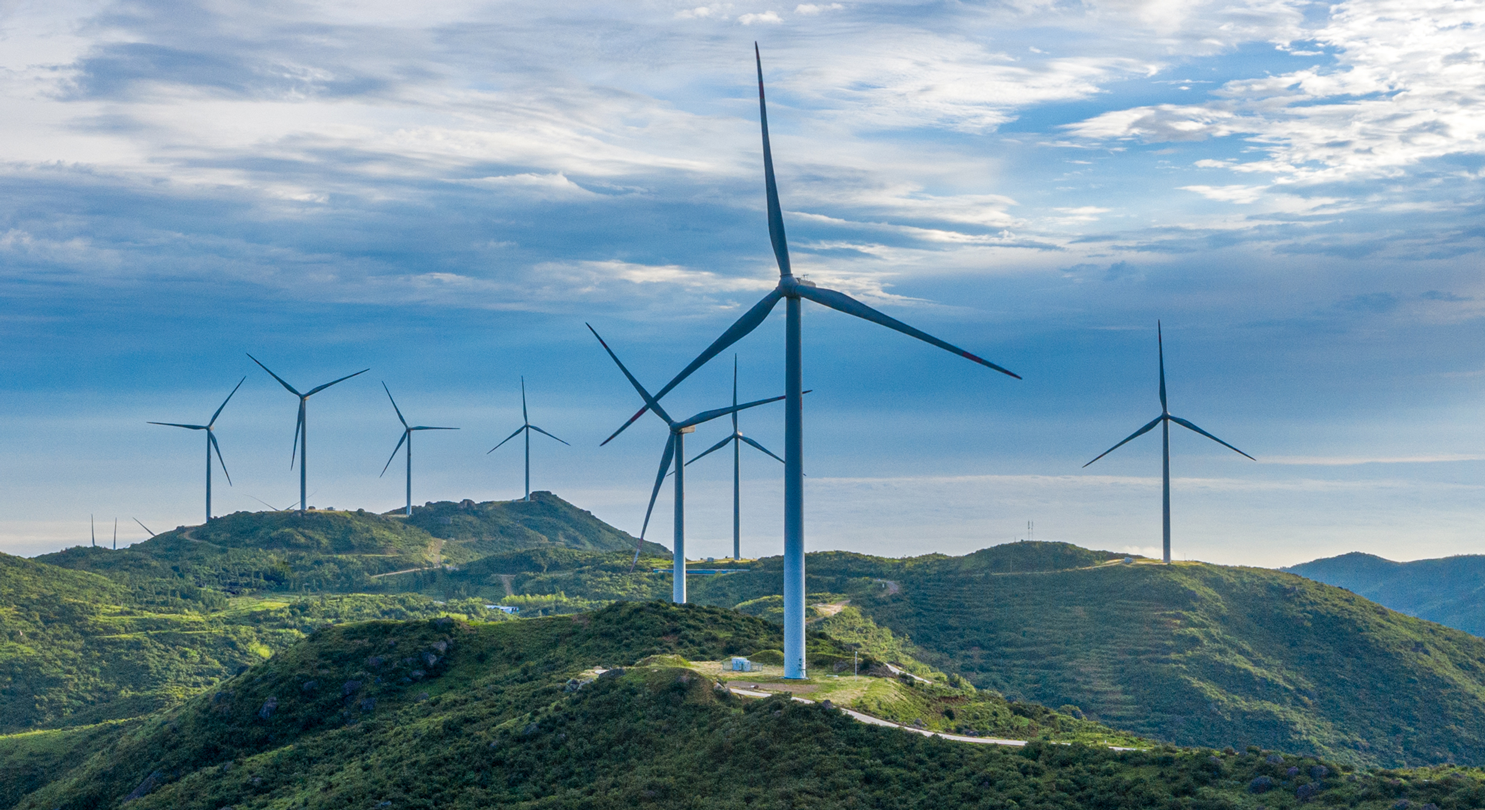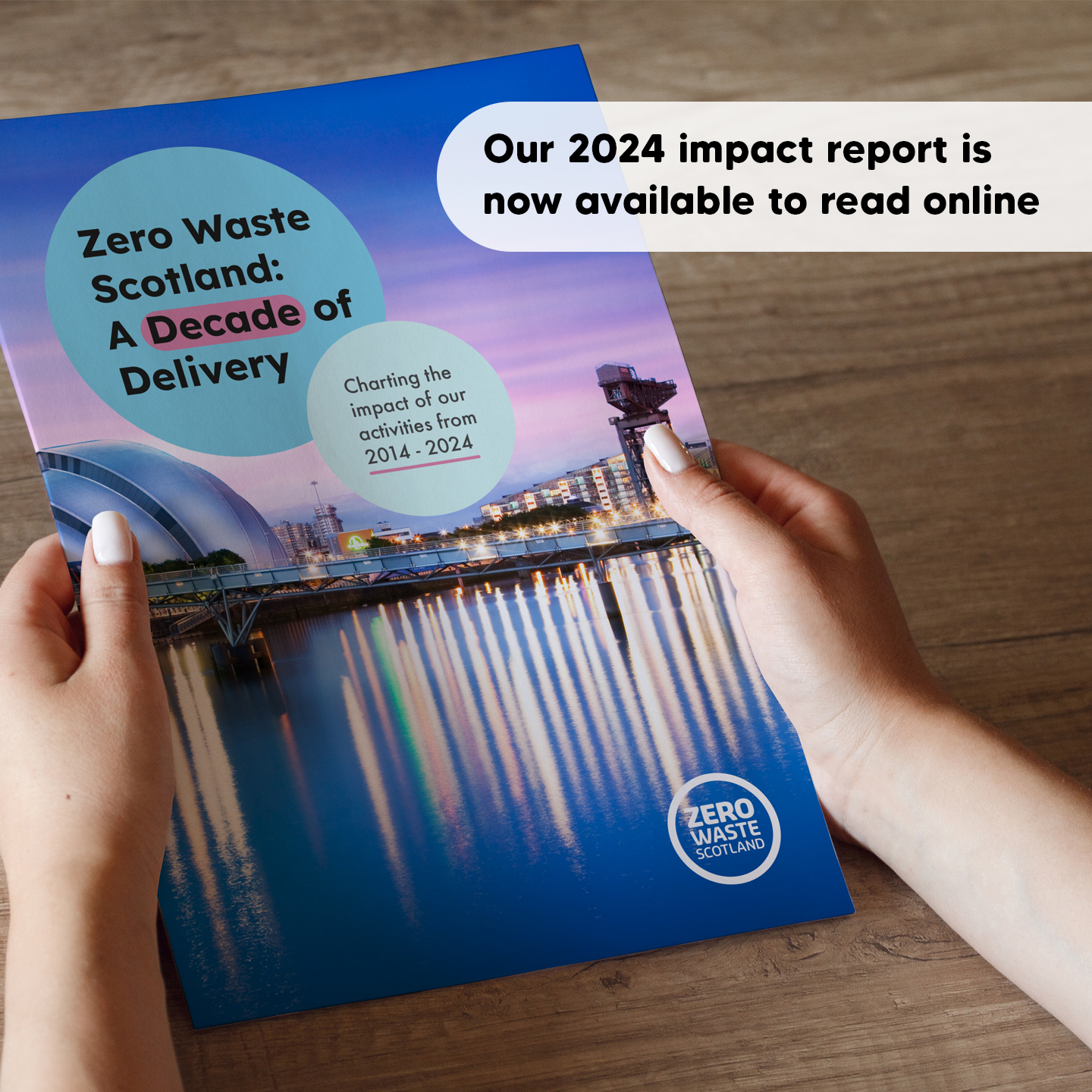
The future of onshore wind decommissioning in Scotland
Zero Waste Scotland has developed the first-ever forecast into onshore wind decommissioning in Scotland.
Why this is important?
Onshore wind is a key element in Scotland’s transition to renewable electricity, providing 70% of its generation capacity in 2019. Wind turbines have an average lifespan of 25 years meaning many of the first turbines installed are now coming to the end of their life and that decommissioning of old turbines will soon become a large-scale activity in Scotland.
As Scotland moves towards a circular economy, this creates a significant opportunity for Scotland as used parts become available as a local resource for remanufacturing.
Zero Waste Scotland’s ‘The future of onshore wind decommissioning in Scotland’ report provides projections for the number of onshore wind turbines in Scotland that will be decommissioned up to 2050. This forecasting shows what materials will be available, when, and what end of life options offer the greatest value at the lowest carbon cost.
Key findings
- Around 5,500 turbines will be decommissioned in Scotland (Based on sites that were either consented, in construction or operational in 2020);
- By 2050 onshore wind decommissioning in Scotland could have generated between 1.25M - 1.4M tonnes of materials
- By weight, the biggest material waste arisings from wind turbine decommissioning will be ferrous metals (steel, iron) which are currently exported for recycling.
- The forecast includes over 60,000 tonnes of fibreglass and 90,000 tonnes of resin + balsa, materials all currently landfilled.
Conclusions – What does the circular economy mean for onshore wind?
- 35% embodied carbon saving if new turbines are manufactured using recycled content;
- Solutions such as refurbishment and reuse will create circular skills and jobs;
- Scalable opportunity with offshore wind growth;
- Safeguards against future shortages of critical materials;
- Reduces industry carbon impact.
Infographic








